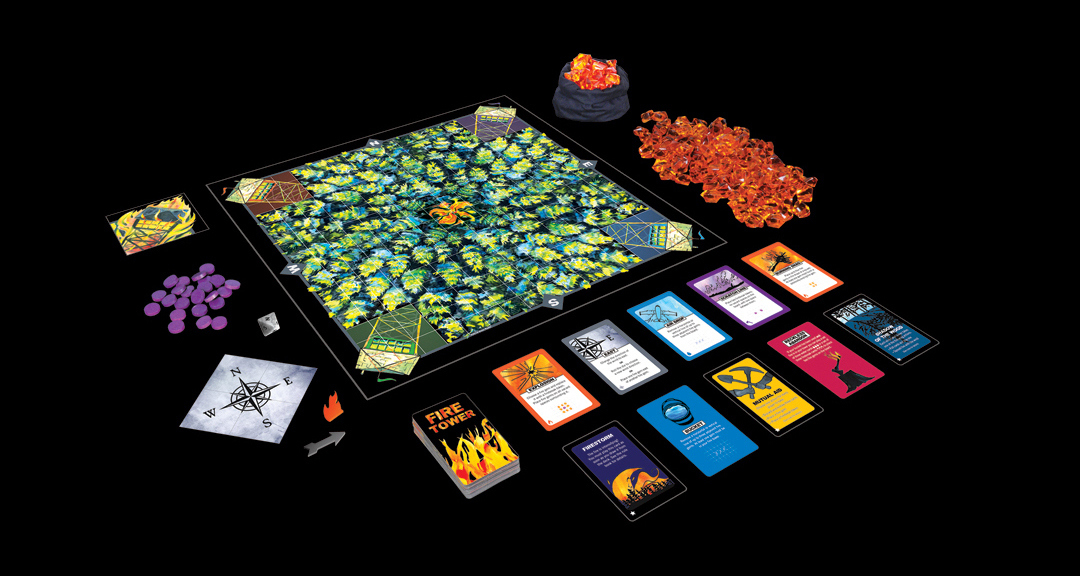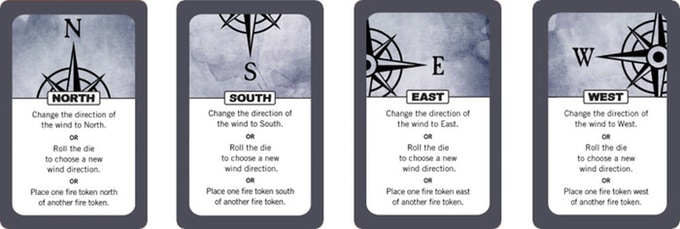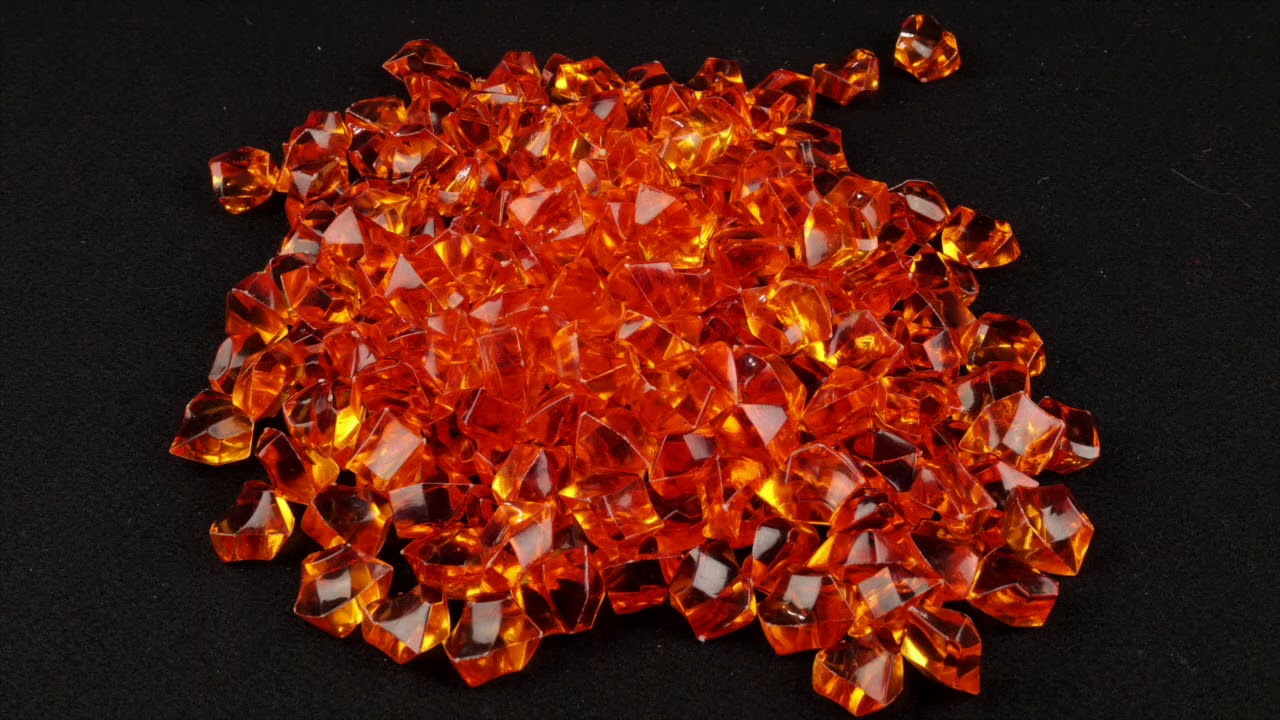As part of our February Spotlight on Fire Tower, we strive to inform readers of little extra tidbits surrounding the game. Games are made by people, and one of those tidbits we enjoy is learning a little bit more about the people behind them. Some designers shy away from the public stage, while others enjoy being front and center.
When it comes to designers Gwen Ruelle and Sam Bryant, they’ve been completely blown away by the level of excitement and enthusiasm that’s surrounded their inaugural title leading up to and throughout its Kickstarter campaign. Believing they were onto something with a mix of fast-paced tactical maneuvering and a quirky tongue-in-cheek theme of competitive firefighting, they have spent much of their free time over the last couple years demoing, tweaking rules, and generally soaking in the sheer delight players have shown for their game. When you talk to them about that part of Fire Tower’s creation, it shows. While they generally feel the game speaks for itself, they have no hesitation chatting about how this came together and why they feel it seems to resonate with players upon playing.
In the quick and brutal Fire Tower, each player is a firefighting team manning a wilderness outpost as a wildfire starts sweeping through the countryside. In this game though, extinguishing the fire is neither possible nor the primary goal. Instead, your mission is simply to outlast the other fire stations and remain the last fire tower standing. Over a series of brisk turns, you will have control of the scope and direction the fire spreads across the board. Some cards will exacerbate the raging inferno, raising the stakes and making it more dangerous for everyone, while others can be used to deter, delay, and divert the fire from heading in your direction. Should your tower succumb to the flame, you must abandon your post and your watch comes to an end. You can return later to help clean up the mess.
With simple rules, a bevy of tactical card-based actions, and a very eye-catching table presence (with a bit of chaos thrown in for good measure), Fire Tower heats up and burns out quickly, with most games taking under a half hour. Which is probably why Gwen and Sam have logged more demos of it than they can count at this point. They were beyond thrilled with the game’s initial online success, and they’re highly optimistic that in the days ahead a whole new crop of firefighters will step up to fight the flames – and each other.
At least, that’s the sentiment they shared with us during our brief chat, which we’re sharing with you here today. So before the fire starts heading in our direction again, let’s dig right in.
Enjoy!
Round One Questions
CR: What was your Gateway Game?
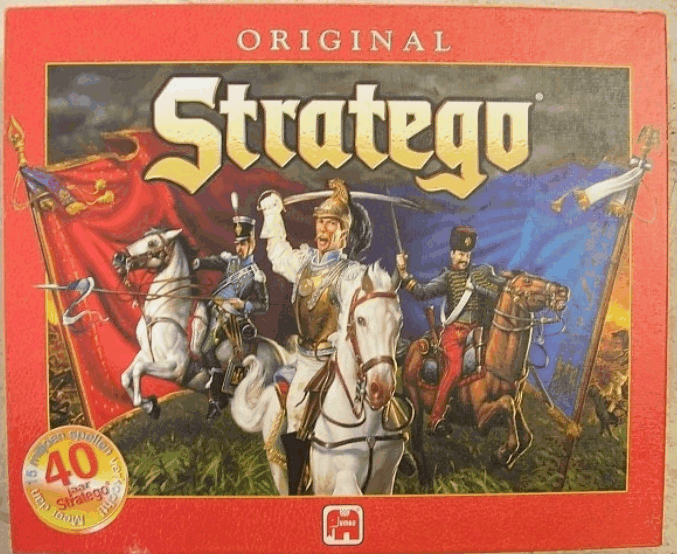 Gwen: Growing up, I played a ton of card games with my grandfather. He wasn’t the type of person to run around in the backyard with you, but he would play card games with me all day long, sipping his morning coffee or an evening martini. I learned addition from games of Casino and Cribbage when I was 5 or 6 years old. After that, I would go to any length to play tabletop games.
Gwen: Growing up, I played a ton of card games with my grandfather. He wasn’t the type of person to run around in the backyard with you, but he would play card games with me all day long, sipping his morning coffee or an evening martini. I learned addition from games of Casino and Cribbage when I was 5 or 6 years old. After that, I would go to any length to play tabletop games.
Sam: I played a lot of games as a kid, but I would say that Stratego was one of the first that pulled me into the greater depths of the tabletop world. After each game, I would sit there and rethink my strategy, try to figure out which placement had been inefficient, and how I could improve for the next game.
CR: What was the last game you really enjoyed playing (besides Fire Tower)?
Both: We backed Kapow! from Two Ton Porcupine on Kickstarter and recently received our copy of the game. It’s a dice building game, which we had never played before, and we really enjoy it. You play as superheroes and supervillains, trying to take down your opponents. What is great about the game is that you can change your luck by changing the faces on your dice, or by choosing certain dice that have better odds for certain rolls. But at the end of the day, your fate is still decided by a dice roll. It is a great mix of strategy and chance that is light and fun but still allows for interesting choices and more depth.
CR: How big is your game collection?
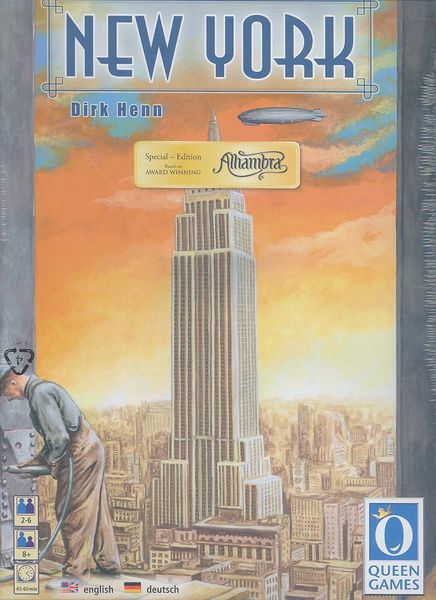
Too meta?
Both: Both not big enough (because really, who has enough games?) and way too big, because we live in a tiny New York apartment and it is starting to take over our living room…
CR: We can relate to that…a lot. So what is your favorite type of game to play?
Sam: My taste for games is pretty broad, and I wouldn’t say there is any genre that I have a special affinity for, but I do enjoy when games promote meaningful interaction between players. Sometimes player interaction is just something that’s tacked on, but I love when you’re forced to make a decision between furthering your own goals or disrupting the plans of an opponent.
Gwen: I have an impossible time answering that question. There is no mechanic or theme that I am always looking for in a game. There are so many games coming out all the time, so my main goal is to play as many games as possible. I think that does mean I end up playing quicker games so that I can get to more games in a single game night. I will say that lately, I’ve been really enjoying roll-and-writes, like Railroad Ink or Ganz Schön Clever.
CR: How do you feel about Monopoly?
Gwen: The only problem with Monopoly is that so many people think that all board games are like Monopoly, and if they don’t enjoy playing Monopoly than they likely won’t try any other board games. If Monopoly was your only gaming experience, would you be excited to try other games?
Sam: I enjoyed Monopoly as a kid. My friends and I had a perpetually growing list of house rules that augmented the game making it more cutthroat and adding more meaningful choices. One of my favorite parts of playing games when I was younger was deconstructing them, and rebuilding them to make them more enjoyable for the group I was playing with. Often we would find games that were missing the rules, and lacking the internet to figure out how it worked, we’d set about inventing mechanics to fit the components.
On Fire Tower
CR: Alright, so let’s start with the obvious: why a competitive game about firefighting?
Both: When we first thought of the idea, it didn’t even occur to us that there could be a cooperative firefighting game. Then we heard about Hot Shots and Flash Point and we were like, oh, right, everybody works together to fight fire. But what we think makes Fire Tower unique is the idea of using manpower (building firebreaks, defending your tower with fire engines and airdrops, etc.), while also wielding control of nature (spreading the fire, changing the direction of the wind, etc.). It’s priceless to watch players blame outside forces as they send the fire towards their opponent. “That’s the way the wind blows…”
CR: Given the game’s brisk nature, it makes sense that players are limited to simple powers like, well, a bucket. Were there other player powers considered over the course of its development, and if so, what were some of them?
Both: We did have a few ideas of player powers, and we ended up keeping it simple for exactly that reason. The game is meant to be played quickly, and we wanted it to be really easy to set up and learn. That being said, those types of ideas are perfect for a slightly more complex expansion. So we are keeping them secret for now!
CR: The shifting wind mechanism is intriguing, both flavor-wise and in how much it affects the course of the game. How did that aspect of the game evolve, and how did you know you were comfortable with the final version?
Both: The wind was one of the first ideas we had when we started designing Fire Tower. The original idea behind Fire Tower was to create a game with a force that was perpetually growing, regardless of what players chose to do on their turn. Pairing the wind with the fire accomplished that goal. The wind has been one of the core mechanics since the beginning of developing the game, and a lot of the subsequent mechanics were built around it.
CR: Fire Tower uses a fair amount of card-driven tactics. Do you have a particular favorite move or card in the game?
Both: One of our stretch goals was the Shadow of The Wood card, which allows eliminated players to menace the remaining players after their tower has been burned, and that card is always hilarious when it comes up. There is even a rare scenario where eliminated players can win the game using this card. Even though it almost never happens, it is really fun to try.
CR: The game was demoed extensively leading up to its Kickstarter. What was the most common reaction among players during that time period?
Sam: Players often told us that they found the blend of mechanics and theme unique and that they couldn’t compare it to anything they’d encountered before. They also generally enjoyed the absurdity of the theme and would lean into the idea that they had the ability to control the wind and other facets of nature.
Gwen: “I want to eat your components.”
CR: Fire Tower did exceedingly well for an inaugural published title on Kickstarter with just under 1,700 backers. What was your biggest surprise that arose as a result of that level of backer response?
Both: I’m not sure if every designer feels this way, but we loved interacting with our backers, hearing their thoughts and ideas, making fire puns, etc. We both felt strongly that we should respond to everyone’s questions and comments as soon as possible, but we didn’t realize how many would come flooding in! When people say running a Kickstarter will take every waking moment, they aren’t kidding. We spent countless hours just writing to people, and that was only the beginning of the work of the campaign!
CR: We recall you were quite insistent on the game having large orange gems, but you ran into some hurdles in accomplishing that. What was that process like?
Both: At our first convention, Total Con in Massachusetts (a great con!), we had winks – little orange discs that marked the fire. A lot of people suggested that we find something more 3 dimensional. We had seen similar gems in other games, but they were much smaller. We were so thrilled when we found the large ones, and we bought a huge pile and placed it in the center of our table at the next convention. The first person who walked by our booth said, “That’s a lot of fire!” We knew were on the right track. After that, we had to work with our manufacturer Bang Wee Games to find gems that were perfectly sized to our final board, and sent packages filled with gems back and forth to find the perfect shade of orange for them.
CR: Finally, once the fire dies down, what do you envision would be the next step the winner should take? Relief? Empathy? The desire to buy up some new clear-cut property? Be honest…
Both: Regrowth! In the right circumstances, forest fires can be hugely beneficial, as the cleared land will promote new growth and healthy ecosystems. That is why the winner of Fire Tower receives the Champion of the Wood card (another stretch goal) that gives them additional player powers for the next game (once the forest grows back and the towers are rebuilt, of course).
CR: Of course!
Fire Tower is a concise, fast-moving game that tests your ability to think on your toes and make continual adjustments over the course of the game to stay two steps in front of the fire – and one step in front of your competition – at all times. The theme may indeed be a little absurd, but the threat is very real. There’s little room to play it safe, and second guessing your actions could quickly spell defeat.
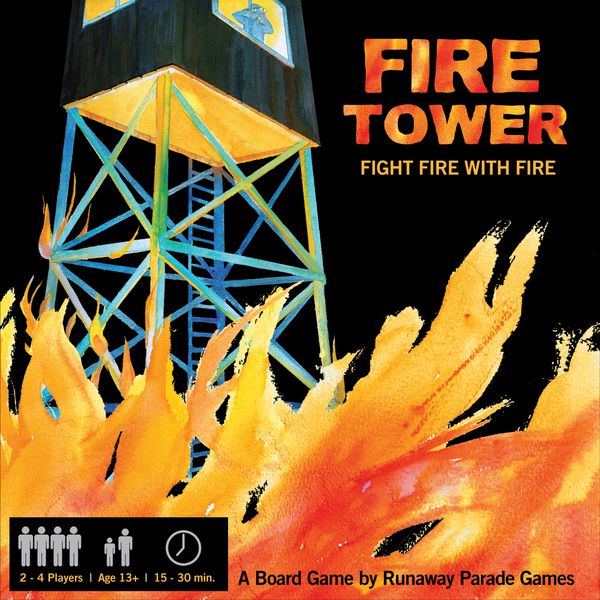
Because of some prior incidents with a few embers getting away from us and setting fire to the local city block (thanks Claudius!), there’s a new ordinance here that says we can’t actually have people enact the game’s last person standing premise out back like we originally planned. Instead we’re going to give a copy of Fire Tower away and simply let the game do what it was designed to do: simulate that harrowing-yet-cutthroat ordeal for you. And we’re offering you a front row seat to that experience. So grab your shovel, bucket, a light snack, and head into the fray, because if you’re not careful, this opportunity may also swiftly get away from you.
Photo Credits: Fire Tower cover and photos by Runaway Parade Games.

